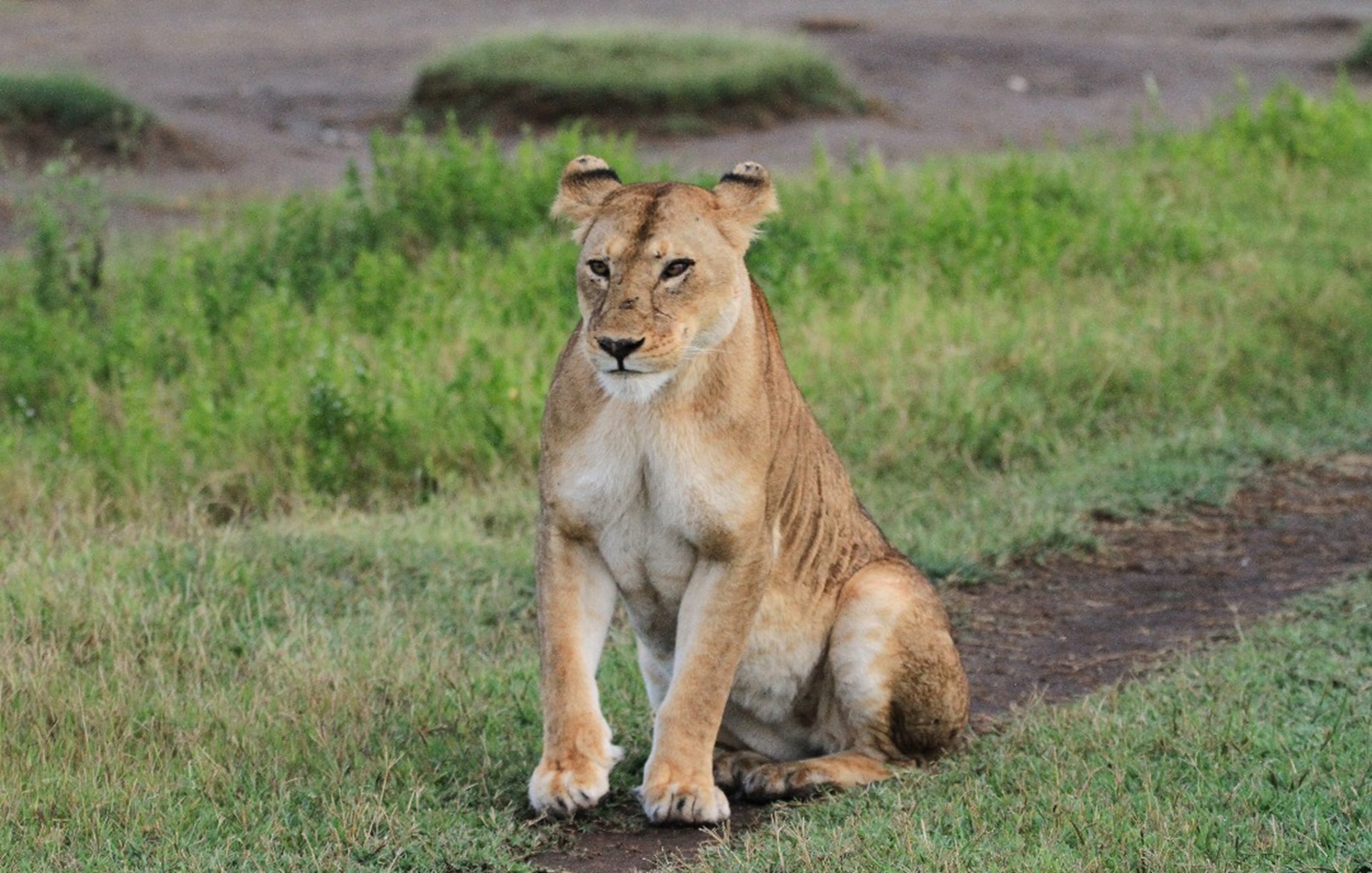
Serengeti National Park is arguably the most iconic game reserve in the world. A UNESCO World Heritage Site, the park is famed for its vast golden plains, rich diversity of wildlife, and the legendary Great Migration—one of nature’s most awe-inspiring spectacles. Over a million wildebeests and zebras traverse the endless savannas in search of fresh pastures, closely followed by predators that define the rhythm of life on the plains.
Timeless Beauty, Untamed Wilderness
The Serengeti's landscapes are as varied as they are breathtaking—from the open acacia-dotted savannas of the south to the wooded riverine corridors in the west, and the rugged hills surrounding the Mara River in the north. Remarkably untouched by time, these landscapes appear much as they did thousands of years ago.
The Great Migration: Nature’s Grand Theater
This annual journey of nearly two million wildebeests, zebras, and Thomson’s gazelles is a breathtaking event that unfolds in a dramatic cycle across the park. Depending on when you visit, you can witness river crossings, mass calvings, or the thundering hooves of migrating herds.
Here’s a snapshot of the migration calendar:
January–February: Calving season on the southern plains. Around 500,000 calves are born in just a few weeks—a magnet for predators and a thrilling time for visitors.
March–May: The rains arrive and the herds begin moving westward through blooming landscapes.
June: Migration heads northwest with the possibility of dramatic river crossings.
July–October: The herds gather in the north near the Mara River. This is an ideal time to witness crossings and predator action in a more remote setting.
November–Mid-December: The journey back south begins, and the park is quieter—perfect for a more intimate safari.
Mid-December–January: The herds return to the southern plains, beginning the cycle anew.
Wildlife.
The Serengeti is not just about migration. Year-round, you can encounter Africa’s Big Five—lion, leopard, elephant, buffalo, and rhino—as well as cheetahs, giraffes, hyenas, crocodiles, hippos, and over 500 bird species. Every game drive reveals a new story of survival and beauty